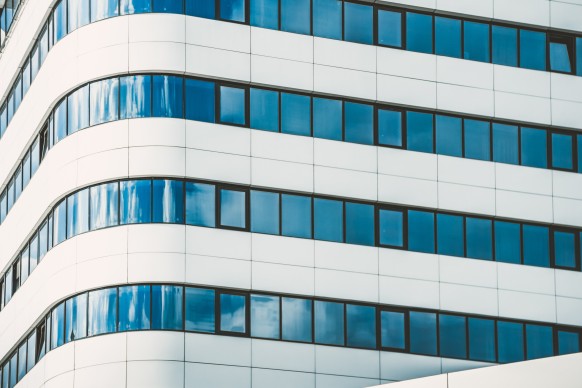Author
Zigurat Global Institute of Technology
Blog / BIM & Construction Management
Categories


 For the most skeptics who doubt the great performance of Canadian wells as substitutes for conventional air conditioning systems, the news is that these systems can also be connected to the artificial air conditioning system in order to preheat the air they use, reducing the thermal jump and, consequently, the energy expenditure. This factor is of vital importance in the most extreme climates, where bioclimatic ventilation is not sufficient to overcome the thermal loads of the building, either in summer or in winter.
As well as for warm climates, in summer, it is a perfect substitute for artificial systems, in winter it can work as a compliment that helps to improve the energy efficiency of conventional systems, in freezing climates it allows to keep these facilities thawed naturally. However, there is a negative point in the efficiency of Canadian wells, which is its application in tropical high altitude areas (where the days are hot and the nights are cold).
The origin of Canadian wells, or Provencal Wells, as we know them today, originally comes from buried stone channels on the side of a hill. Obviously, these channels had a much lower performance than current systems.
The new fervor of sustainable construction, as well as the first regulations announcing its obligatory nature in the near future (year 2020) of nZEB buildings (Nearly Zero Energy Buildings), have put back into vogue environmentally responsible construction systems and with them the wells Provencals and Canadians, protagonists of this article.
With the aim of obtaining lower consumption and greater energy savings in buildings, each of the pillars on which energy efficiency is based should be considered:
For the most skeptics who doubt the great performance of Canadian wells as substitutes for conventional air conditioning systems, the news is that these systems can also be connected to the artificial air conditioning system in order to preheat the air they use, reducing the thermal jump and, consequently, the energy expenditure. This factor is of vital importance in the most extreme climates, where bioclimatic ventilation is not sufficient to overcome the thermal loads of the building, either in summer or in winter.
As well as for warm climates, in summer, it is a perfect substitute for artificial systems, in winter it can work as a compliment that helps to improve the energy efficiency of conventional systems, in freezing climates it allows to keep these facilities thawed naturally. However, there is a negative point in the efficiency of Canadian wells, which is its application in tropical high altitude areas (where the days are hot and the nights are cold).
The origin of Canadian wells, or Provencal Wells, as we know them today, originally comes from buried stone channels on the side of a hill. Obviously, these channels had a much lower performance than current systems.
The new fervor of sustainable construction, as well as the first regulations announcing its obligatory nature in the near future (year 2020) of nZEB buildings (Nearly Zero Energy Buildings), have put back into vogue environmentally responsible construction systems and with them the wells Provencals and Canadians, protagonists of this article.
With the aim of obtaining lower consumption and greater energy savings in buildings, each of the pillars on which energy efficiency is based should be considered:

Zigurat Global Institute of Technology